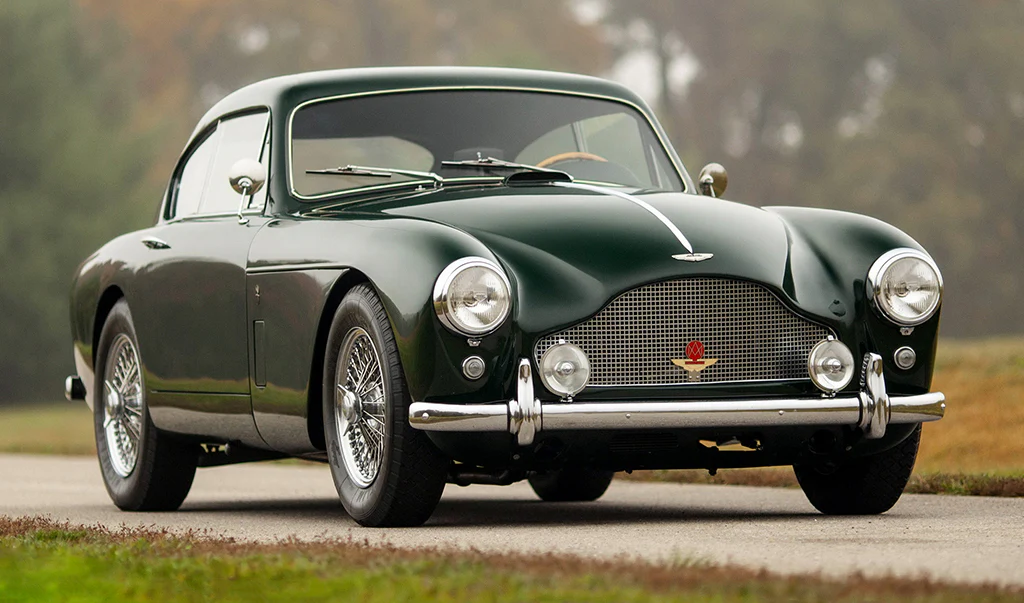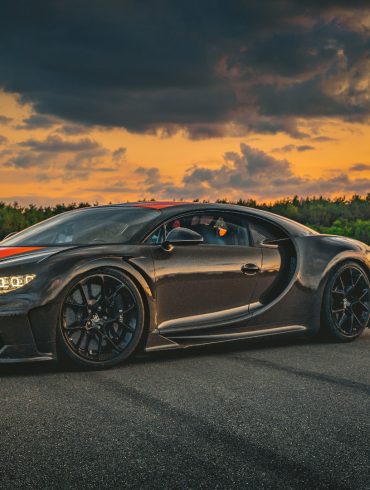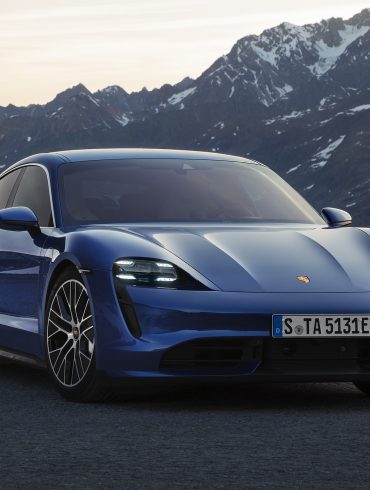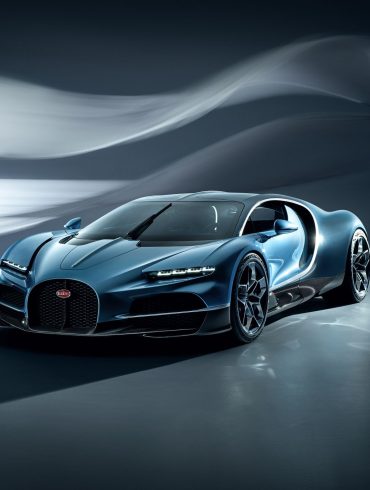1950s 0-60 & Quarter Mile Times
1950s Automotive Acceleration & Performance Data
Welcome to the ultimate guide to 0-60 mph and quarter mile times for 1950s cars! This page is your go-to resource for the most accurate, comprehensive, and easily accessible performance statistics of classic vehicles from the 1950s. Whether you're a vintage car enthusiast, a historian, or simply fascinated by automotive history, our meticulously curated database offers unparalleled insights into the acceleration and speed of these timeless machines. Explore the remarkable performance of 1950s cars.
1950s Acceleration (0-60 mph & Quarter Mile Times)
1950s 0-60 mph and quarter-mile acceleration times. Narrow down your search via the filters.
You are trying to load a table of an unknown type. Probably you did not activate the addon which is required to use this table type.
The Seven Fastest Cars of the 1950s
The Quickest Cars of the 1950s Ranked
The 1950s marked a golden era for the automotive industry, characterized by significant technological advancements, stylish designs, and a focus on performance. This decade saw the introduction of powerful and innovative engines that redefined what cars could achieve on the road. One of the most notable developments of the 1950s was the widespread adoption of the V8 engine. This engine configuration became synonymous with American muscle and power, offering superior performance and smoother operation compared to the older straight-six engines. Brands like Chevrolet, with their iconic 1955 small-block V8, revolutionized the market by providing affordable yet high-performance engines. Ford's introduction of the Thunderbird and Chevrolet's launch of the Corvette in the mid-1950s showcased the growing emphasis on speed and sporty aesthetics.
During this period, brands such as Ford, Chevrolet, Chrysler, and General Motors dominated the American market, each striving to outdo the other in terms of innovation and performance. The Chrysler Hemi engine, introduced in the early 1950s, became legendary for its power and durability, further cementing Chrysler's reputation in the performance car segment. The Cadillac Eldorado, with its luxurious design and powerful engine, exemplified the blend of performance and luxury that many consumers desired.
Across the Atlantic, European brands were also making significant strides in automotive technology and performance. Ferrari, Aston Martin, and Jaguar emerged as leaders in the sports car segment, setting new benchmarks for speed and engineering excellence. Ferrari's models, such as the 250 Testa Rossa, became icons of racing success and design elegance. Aston Martin's DB series, particularly the DB4 and DB5, combined British sophistication with high performance, capturing the imaginations of car enthusiasts worldwide. Jaguar, with its XK120 and later the XK140, set new standards for sports cars with their sleek designs and powerful engines.
Performance became a key selling point, with cars achieving faster acceleration and higher top speeds. The rise of drag racing and the influence of motorsports further fueled consumer interest in high-performance vehicles. Innovations such as fuel injection systems, which were first seen in models like the 1957 Chevrolet Corvette, improved engine efficiency and power delivery. In Europe, advancements in aerodynamics and chassis design allowed brands like Mercedes-Benz to dominate in races, as seen with the success of the 300SL Gullwing.
Overall, the 1950s were a dynamic decade for the automotive industry, laying the groundwork for future advancements. The combination of powerful engines, stylish designs, and a competitive market environment spurred continuous improvement and set the stage for the muscle car era that would follow in the 1960s. European manufacturers like Ferrari, Aston Martin, and Jaguar not only contributed to the performance car segment but also helped define the era's style and engineering prowess, ensuring their legacy in automotive history.
1. 1957 Ferrari 410 Superamerica Superfast
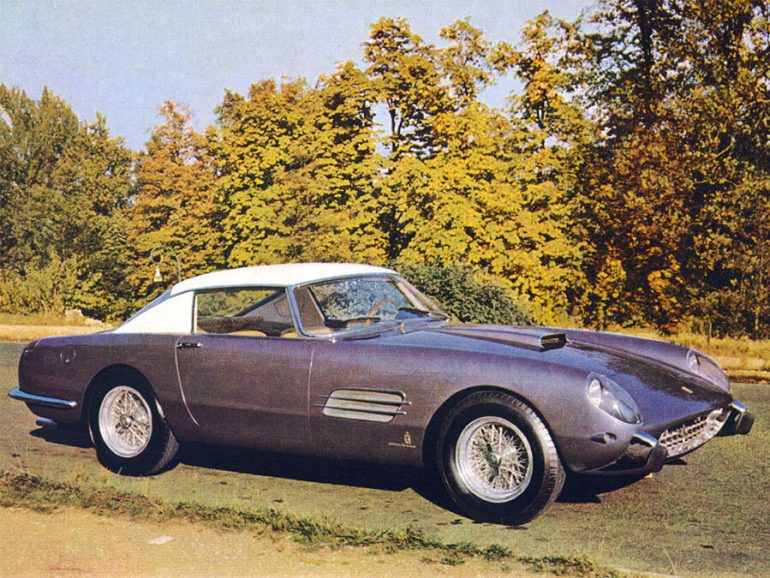
0 - 60: 5.6 seconds / Quarter Mile: 13.9 seconds
Summary
The 1957 Ferrari 410 Superamerica Superfast was a grand touring masterpiece that exemplified Ferrari's dedication to luxury and performance. Limited to just a handful of examples, this exclusive model was tailored for discerning clients who sought the ultimate in automotive exclusivity and driving pleasure.
Under the hood, the 410 Superamerica Superfast housed a 4.9-liter Tipo 127 V12 engine, a powerhouse that produced an impressive 340 horsepower. This engine, mated to a four-speed manual transmission, propelled the car to a top speed of 150 mph, making it one of the fastest cars of its time. Its acceleration was equally impressive, reaching 60 mph in around 5.6 seconds.
The 410 Superamerica Superfast was not just about straight-line speed. Its well-balanced chassis and responsive steering provided agile handling and a rewarding driving experience. The car's elegant Pininfarina-designed bodywork was not only a visual feast but also functional, contributing to its aerodynamic efficiency and high-speed stability.
Inside the cabin, the 410 Superamerica Superfast exuded luxury and craftsmanship. The interior was lavishly appointed with premium materials like leather and wood, while the design emphasized both comfort and a sporty ambiance. The 410 Superamerica Superfast was a true grand tourer, capable of devouring long distances in comfort and style while still delivering exhilarating performance when called upon. It remains a coveted collector's item today, a testament to Ferrari's heritage of building exceptional high-performance automobiles.
2. 1958 Aston Martin DB4 GT
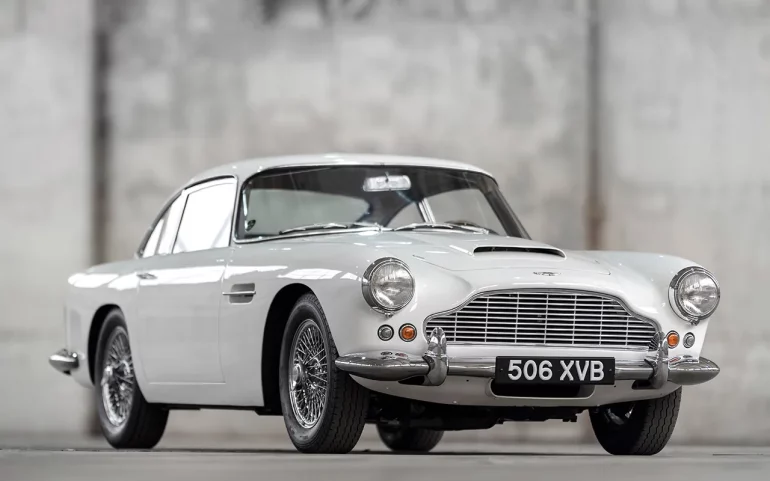
0 - 60: 6.1 seconds / Quarter Mile: 13.8 seconds
Summary
The 1958 Aston Martin DB4 GT was a high-performance variant of the already luxurious and elegant DB4 grand tourer. Designed with racing in mind, it boasted a shorter wheelbase, a lighter body, and a more powerful engine, making it a formidable contender on the track and a thrilling experience on the road.
Under its sculpted hood, the DB4 GT housed a modified version of the DB4's 3.7-liter inline-six engine, now equipped with twin spark plugs and a higher compression ratio. This potent powerplant produced 302 horsepower, a significant increase over the standard DB4's 240 horsepower. This power, combined with a David Brown four-speed manual transmission, propelled the DB4 GT from 0 to 60 mph in 6.1 seconds, making it one of the fastest production car of its time.
The DB4 GT's performance wasn't just about straight-line speed. It also featured a revised suspension with stiffer springs and larger anti-roll bars, providing sharper handling and greater agility. The car's lightweight construction and aerodynamic design further enhanced its performance on the track, where it achieved numerous victories and podium finishes.
Inside, the DB4 GT retained the luxurious feel of the standard DB4, with leather upholstery and wood trim. However, it was stripped of some amenities to save weight, emphasizing its focus on performance. The DB4 GT remains a highly sought-after classic car, cherished by collectors and enthusiasts for its timeless design, exhilarating performance, and racing pedigree.
3. 1952 Ferrari 212 Touring Barchetta
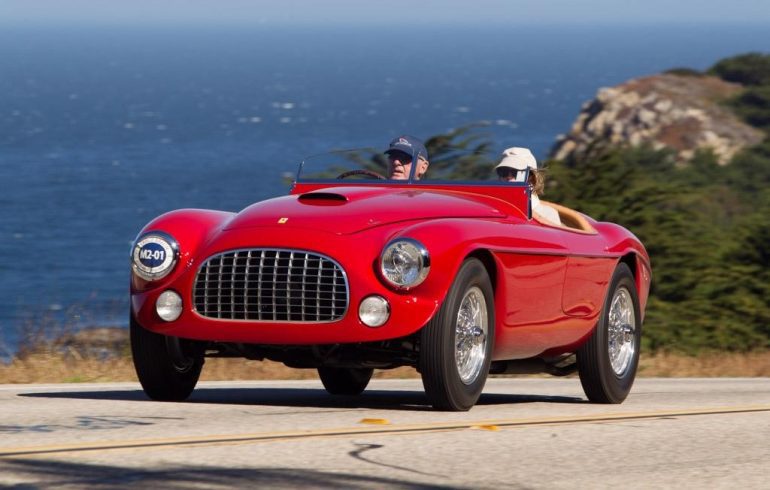
0 - 60: 7.0 seconds / Quarter Mile: 15.3 seconds
Summary
The 1952 Ferrari 212 Touring Barchetta is an iconic sports car that represents the golden age of Italian automotive design and performance. With its elegant, flowing lines and open-top design, it's a timeless masterpiece that continues to captivate car enthusiasts today.
Under the hood, the 212 Barchetta is powered by a 2.6-liter Colombo V12 engine, a masterpiece of engineering that produces around 150-170 horsepower. While this may not seem like much by modern standards, it was quite impressive for its time, allowing the lightweight car to reach a top speed of around 125 mph. The engine's power is sent to the rear wheels through a 5-speed manual transmission, providing a direct and engaging driving experience.
The 212 Barchetta's performance wasn't just about straight-line speed. Its lightweight tubular chassis and agile handling made it a formidable competitor on the racetrack. It achieved notable victories in various races, including the 1951 Carrera Panamericana, solidifying Ferrari's reputation as a builder of high-performance sports cars. The car's elegant design, combined with its impressive performance, made it a sought-after collector's item and a symbol of Italian automotive excellence.
4. 1954 Porsche 550 RS Spyder
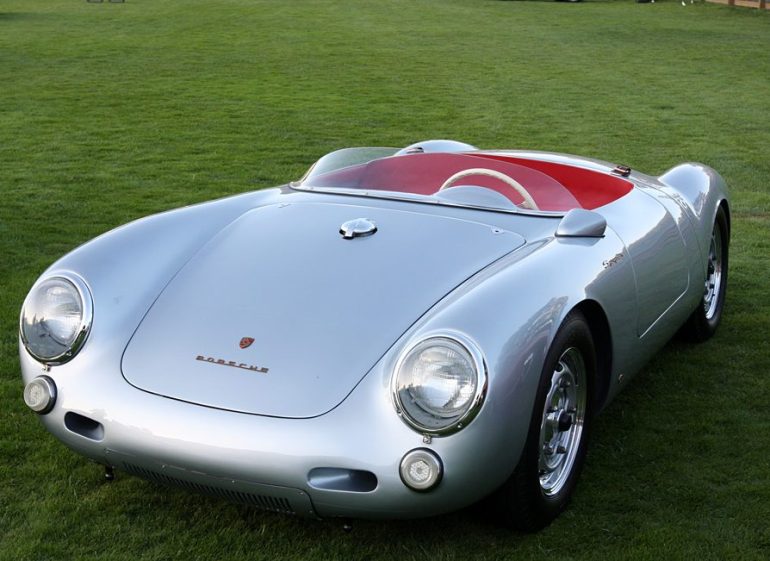
0 - 60: 7.0 seconds / Quarter Mile: 16.2 seconds
Summary
The 1952 Ferrari 212 Touring Barchetta is an iconic sports car that represents the golden age of Italian automotive design and performance. With its elegant, flowing lines and open-top design, it's a timeless masterpiece that continues to captivate car enthusiasts today.
Under the hood, the 212 Barchetta is powered by a 2.6-liter Colombo V12 engine, a masterpiece of engineering that produces around 150-170 horsepower. While this may not seem like much by modern standards, it was quite impressive for its time, allowing the lightweight car to reach a top speed of around 125 mph. The engine's power is sent to the rear wheels through a 5-speed manual transmission, providing a direct and engaging driving experience.
The 212 Barchetta's performance wasn't just about straight-line speed. Its lightweight tubular chassis and agile handling made it a formidable competitor on the racetrack. It achieved notable victories in various races, including the 1951 Carrera Panamericana, solidifying Ferrari's reputation as a builder of high-performance sports cars. The car's elegant design, combined with its impressive performance, made it a sought-after collector's item and a symbol of Italian automotive excellence.
5. 1959 Jaguar XK 150 Roadster 3.4S
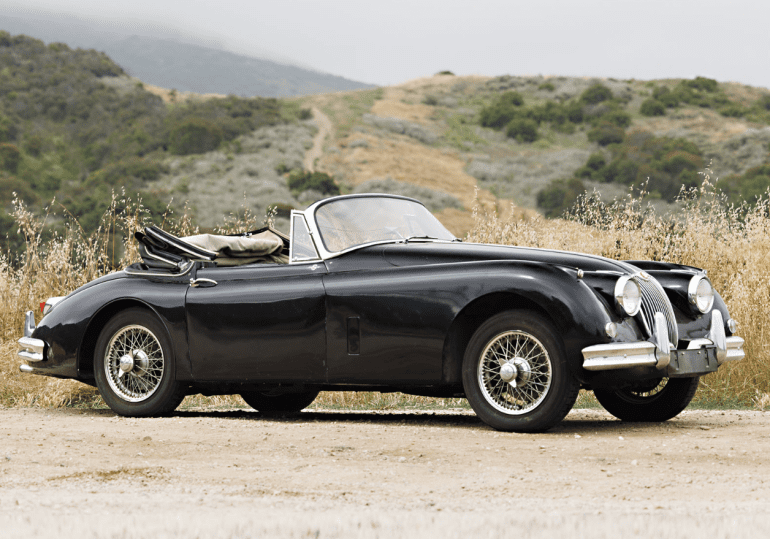
0 - 60: 7.2 seconds / Quarter Mile: N/A seconds
Summary
The 1959 Jaguar XK 150 Roadster 3.4S was a stunning sports car that represented the culmination of Jaguar's XK line, a series of models that captivated the world with their blend of performance, elegance, and timeless design. The 3.4S variant, in particular, was the top-performing model in the XK 150 lineup, offering a more powerful engine and enhanced driving dynamics.
Under its long, flowing hood, the XK 150 Roadster 3.4S housed a 3.4-liter inline-six engine equipped with triple SU carburetors and a high-lift camshaft. This potent powerplant produced 250 horsepower, a significant increase over the standard XK 150's 190 horsepower. This power, combined with a four-speed manual transmission with overdrive, propelled the 3.4S from 0 to 60 mph in just 7.2 seconds and on to a top speed of 132 mph.
The XK 150 Roadster 3.4S was not just about straight-line speed. Its independent front suspension and live rear axle, combined with precise steering and disc brakes on all four wheels, provided agile handling and responsive braking. The car's sleek aerodynamic bodywork, with its distinctive curves and chrome accents, also contributed to its overall performance, reducing drag and improving stability at high speeds.
6. 1956 Chevrolet Corvette
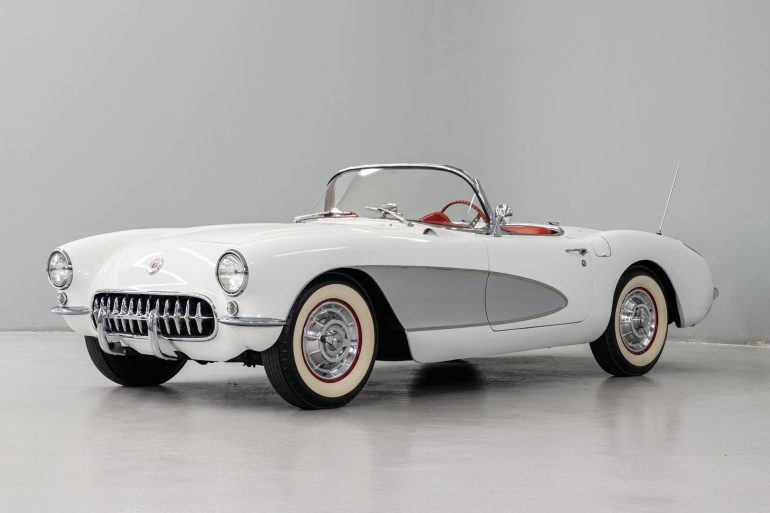
0 - 60: 7.4 seconds / Quarter Mile: 15.7 seconds
Summary
The 1956 Chevrolet Corvette marked a significant milestone in the model's history, as it was the first year the Corvette received a V8 engine. This, along with other mechanical and cosmetic upgrades, propelled the Corvette from a stylish but somewhat underwhelming roadster to a true performance machine.
Under the hood, the 1956 Corvette featured a 265-cubic-inch (4.3-liter) small-block V8 engine, which was available in various configurations, ranging from 210 to 240 horsepower. This power, paired with a three-speed manual transmission, allowed the Corvette to sprint from 0 to 60 mph in around 7.4 seconds. While not incredibly fast by modern standards, it was a significant improvement over the previous year's model and established the Corvette as a true performance car.
The 1956 Corvette's performance wasn't just about straight-line speed. It also featured a revised suspension with stiffer springs and shocks, as well as a quicker steering ratio, which improved its handling and responsiveness. The car's lightweight body and balanced weight distribution also contributed to its nimble and agile nature, making it a joy to drive on winding roads.
The 1956 Corvette's styling was also updated, with a more aggressive front end, a revised grille, and new taillights. The interior received a few minor changes as well, including a new instrument cluster and improved seating. While it still had some quirks and shortcomings, the 1956 Corvette was a significant step forward for the model, establishing the foundation for the high-performance Corvette legacy that continues to this day.
7. 1956 Mercedes-Benz 300SL Gullwing
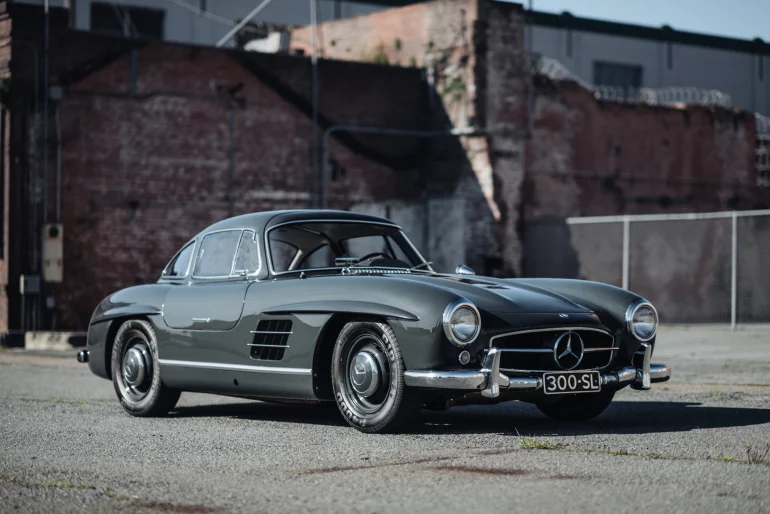
0 - 60: 7.5 seconds / Quarter Mile: 15.5 seconds
Summary
The 1956 Mercedes-Benz 300SL Gullwing is an iconic sports car that revolutionized automotive design and performance in the 1950s. Its unique gullwing doors and sleek aerodynamic body made it an instant classic, while its innovative engineering and powerful engine cemented its status as a performance legend.
Under the hood, the 300SL Gullwing housed a 3.0-liter straight-six engine with mechanical direct fuel injection, a groundbreaking technology at the time. This engine produced 215 horsepower and 207 lb-ft of torque, propelling the car from 0 to 60 mph in 7.5 seconds. While not the quickest car by today's standards, it was incredibly fast for its era and could reach a top speed of 140 mph, making it the fastest production car in the world at the time.
The Gullwing's performance wasn't just about its engine. Its tubular spaceframe chassis, a first for a production car, provided exceptional rigidity and lightness, while its independent suspension and four-wheel drum brakes ensured agile handling and responsive stopping power. The Gullwing's success on the racetrack, including victories at the 24 Hours of Le Mans and the Carrera Panamericana, further solidified its reputation as a performance icon.
The 1956 Mercedes-Benz 300SL Gullwing was more than just a fast car; it was a technological marvel that pushed the boundaries of what was possible in automotive engineering. Its iconic design, groundbreaking technology, and impressive performance made it a true masterpiece of its time, and it remains a highly sought-after collector's car today.


